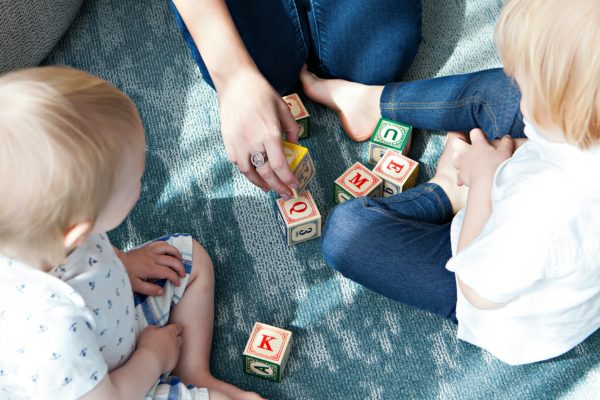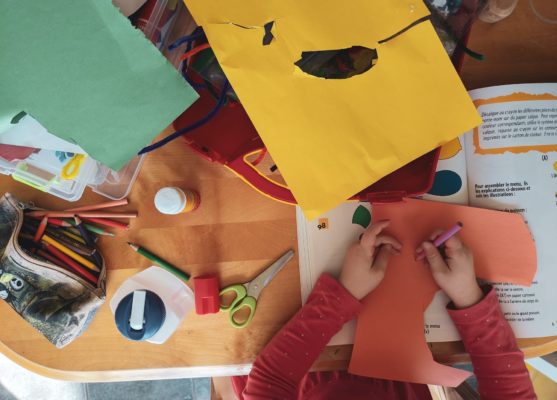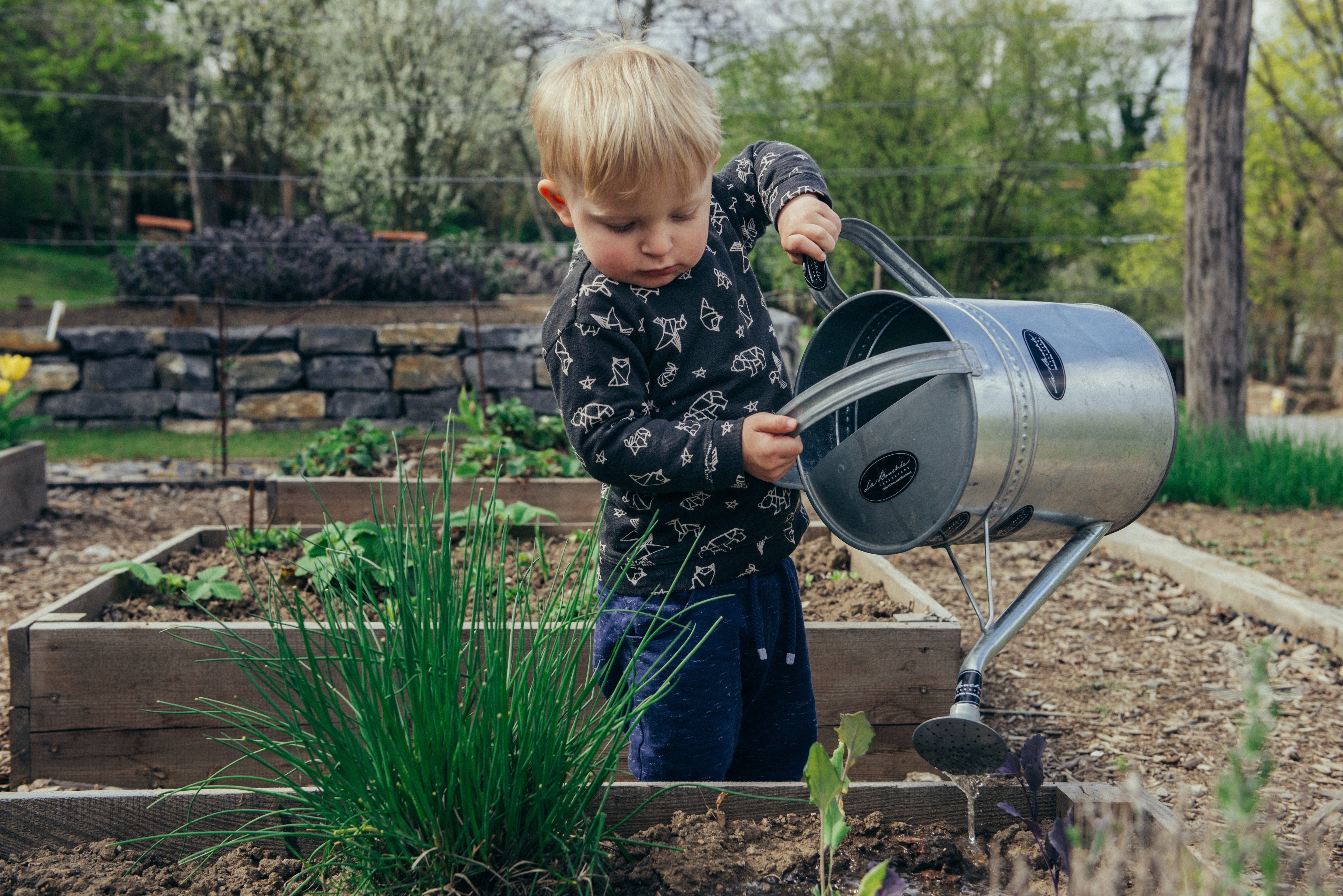Random Acts of Kindness Day is a perfect time for us to spread some joy together. From brightening someone´s day to bringing you closer as a family, kindness is truly magical. Let’s look at how random acts of kindness for families can benefit everyone!
Enhancing emotional wellbeing
Isn’t it amazing how a simple act of kindness can light up your day? Random acts of kindness for families aren’t just about making others smile; it’s a surefire way to boost your happiness too!
When we’re kind to others, it’s like a happiness boomerang – it comes right back to us, reducing stress and making everyone feel good. Plus, these acts of kindness are great for our mental health, helping to ease anxiety and keep those pesky blues at bay.
Strengthening family bonds
Whether it’s baking cookies for a neighbour or picking up litter in the park, these shared moments of generosity do more than just help others; they bring us closer together!
Acts of kindness open up new ways to chat, laugh, and connect, deepening our family bonds. They remind us that we’re a team, creating a warm sense of belonging and mutual respect.

Promoting empathy and compassion in children
When we dive into random acts of kindness for families, we’re setting the stage for our children to grow into truly empathetic and compassionate people. Kindness activities are like empathy workouts for kids, helping them to put themselves in others’ shoes and feel what they feel.
Empathy is an essential skill —it’s the foundation for strong friendships, healthy relationships, and just being a good person all around. For more insights and practical ways to teach your child about kindness, check out our blog: How to Teach Your Child Kindness.
Encouraging positive behaviour and social skills
These moments teach kids about the joy of giving without expecting anything in return and the importance of being part of a community. And guess what? These lessons stick. The social skills and sense of responsibility kids learn from kindness play a huge role in their success at school, in future jobs, and in life in general. So, by fostering kindness, we’re giving our kids a head start on a path to a bright and positive future.

Building a foundation for selflessness
Getting into the habit of random acts of kindness with your family plants the seeds of altruism in your children that can grow throughout their lives. When kindness becomes a regular part of their world, it becomes second nature for them to think about others and lend a helping hand without a second thought.
Creating a positive home environment
When families make random acts of kindness a part of their routine, they’re building a home environment where support and positivity thrive. This kindness reduces squabbles and misunderstandings, making room for more peace and harmony.

We’ve seen how random acts of kindness for families can do wonders, from making us happier and closer to teaching valuable life lessons. As Random Acts of Kindness Day draws near, let’s embrace it as a chance to bring more kindness into our lives and the world around us. Every small act counts, creating a ripple effect that can transform communities.
At Schoolhouse Daycare, we enjoy learning, encouraging confidence and we love life! If you think your child would enjoy life at Schoolhouse, then please do not hesitate to arrange a visit.
































